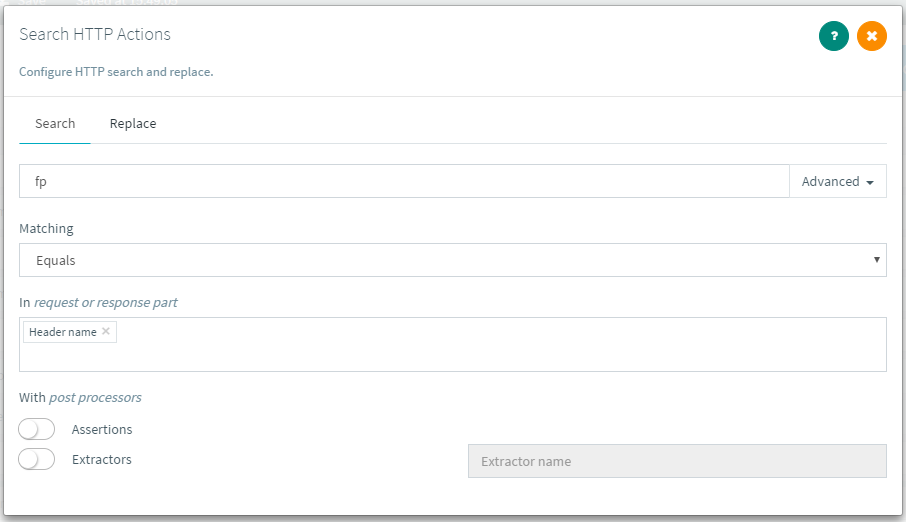Test automation with OctoPerf's API
Even though automation is not always the best solution, you can still use some to save time on your day to day chores. And since OctoPerf is a GUI based tool we sometimes get remarks on how "unpractical" or "not devops friendly" this can be. Although I do not agree and still think that even a devops has better things to do than learning another coding language to test his code, I'd like to prove that even a GUI driven tool can be used to automate your testing.
So how does it works
And there's a simple reason for that, our backend is made of REST services. So anything that can be done through the GUI can be achieved with REST calls. That does not necessarily means that the work of our front end engineers is useless (they don't take criticism well so let's skip it) but rather that anything you need to do is possible. For today I'd like to automate a simple case to show you: updating the list of users and running a test. This is something you might want to do as part of your continuous integration pipeline, and making sure the list of users is up to date is definitely a plus when it comes to avoiding/analyzing errors. You can find the swagger of our REST api in the documentation or directly here:



